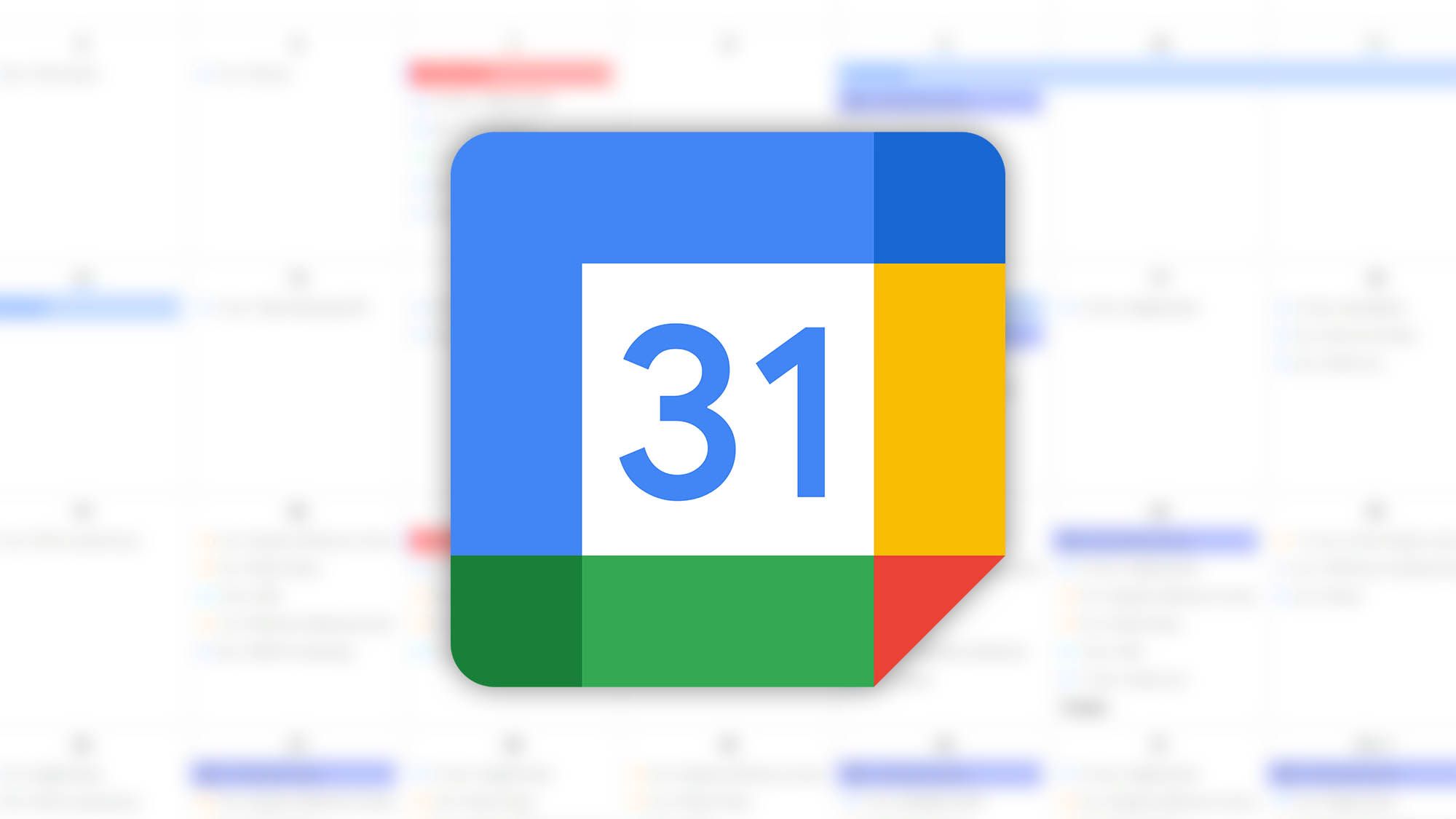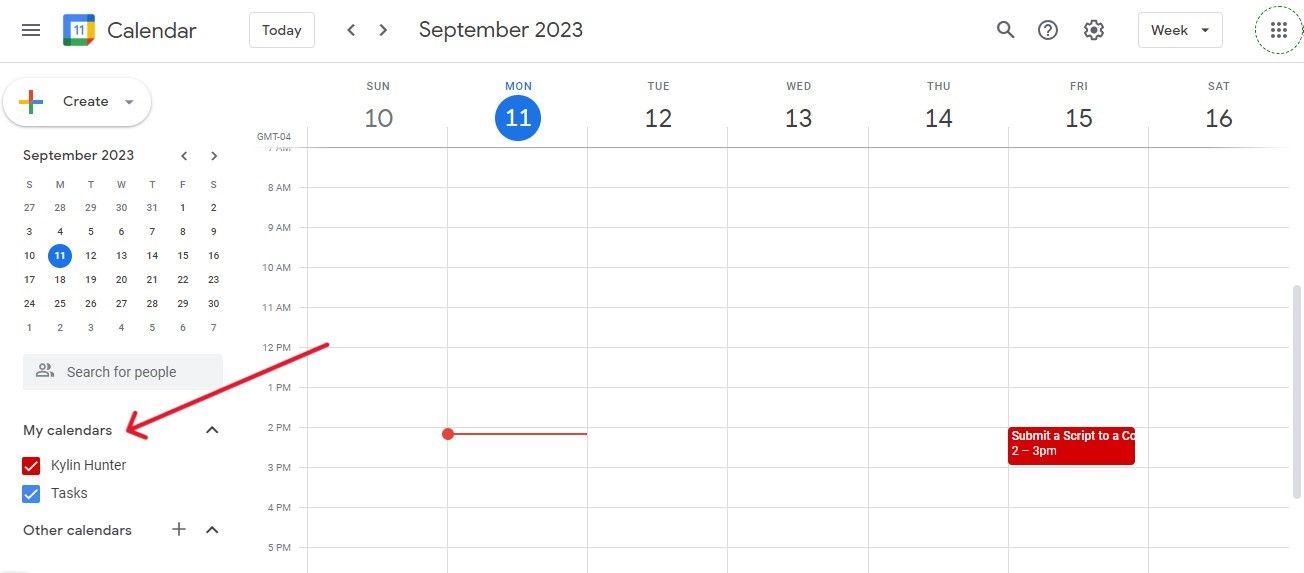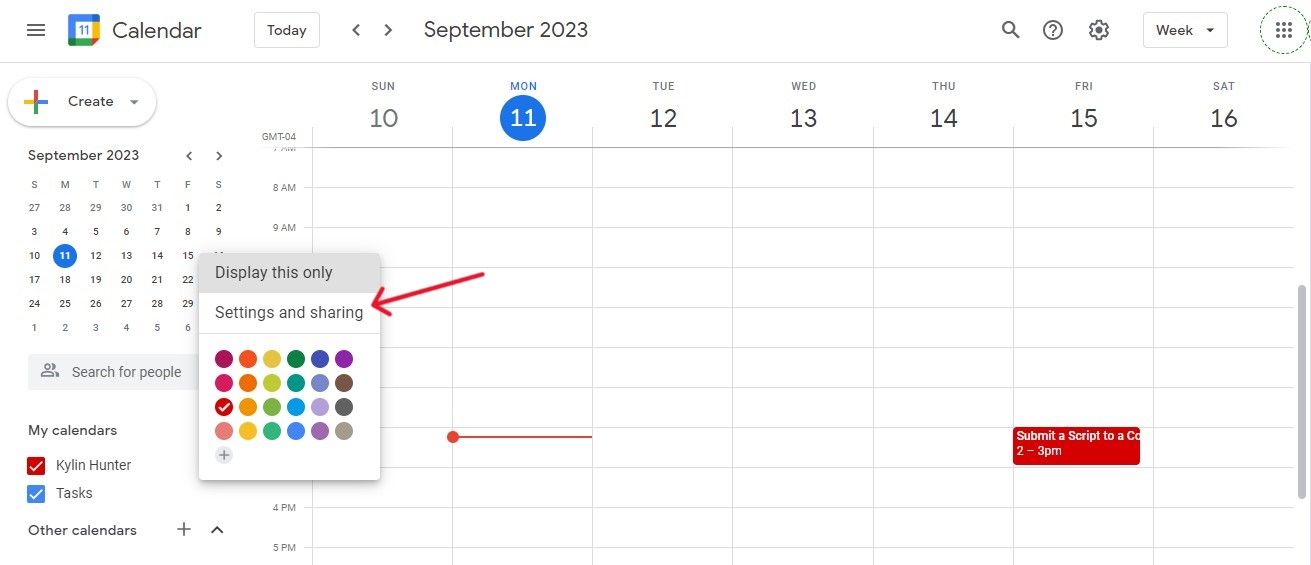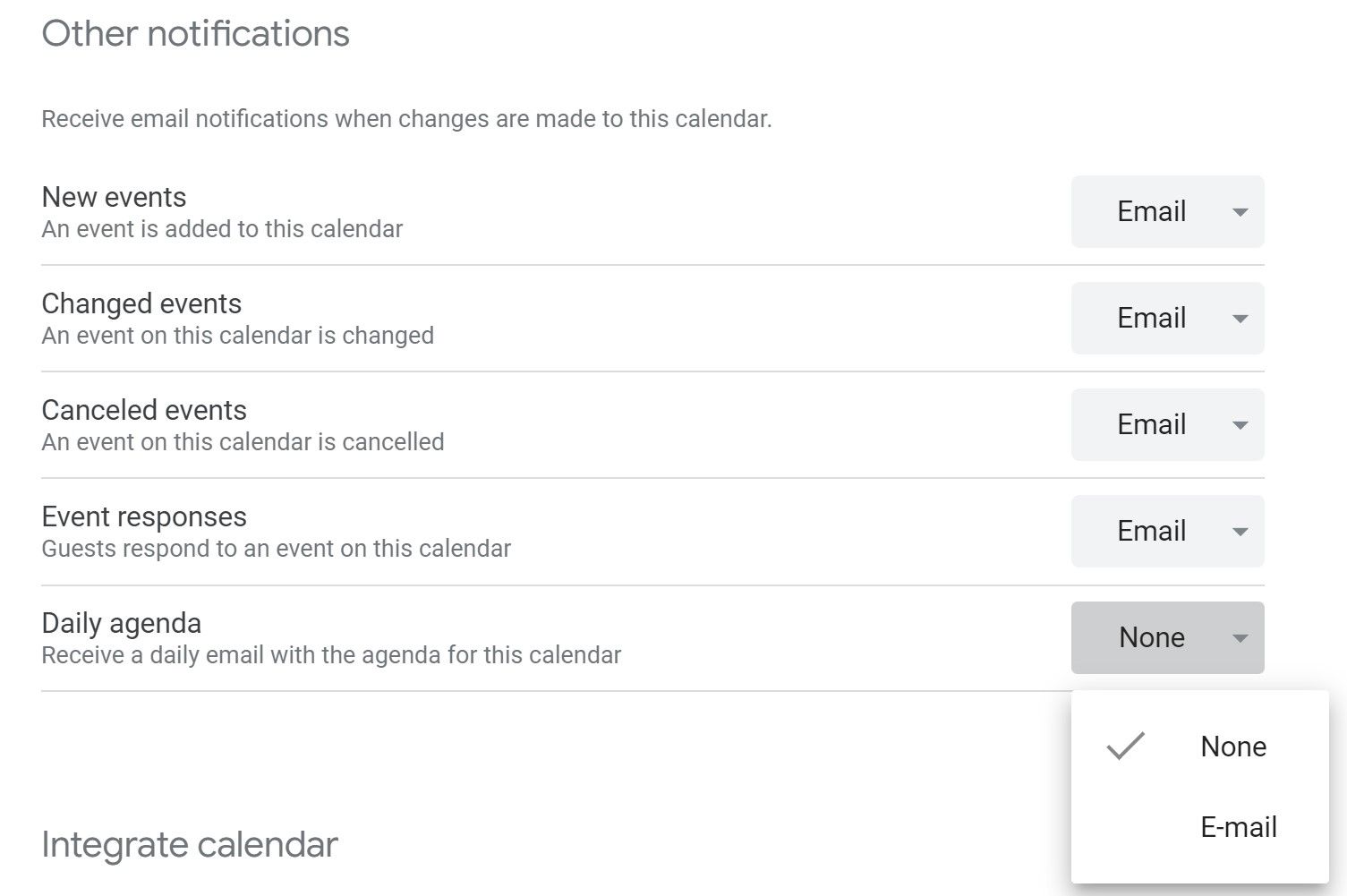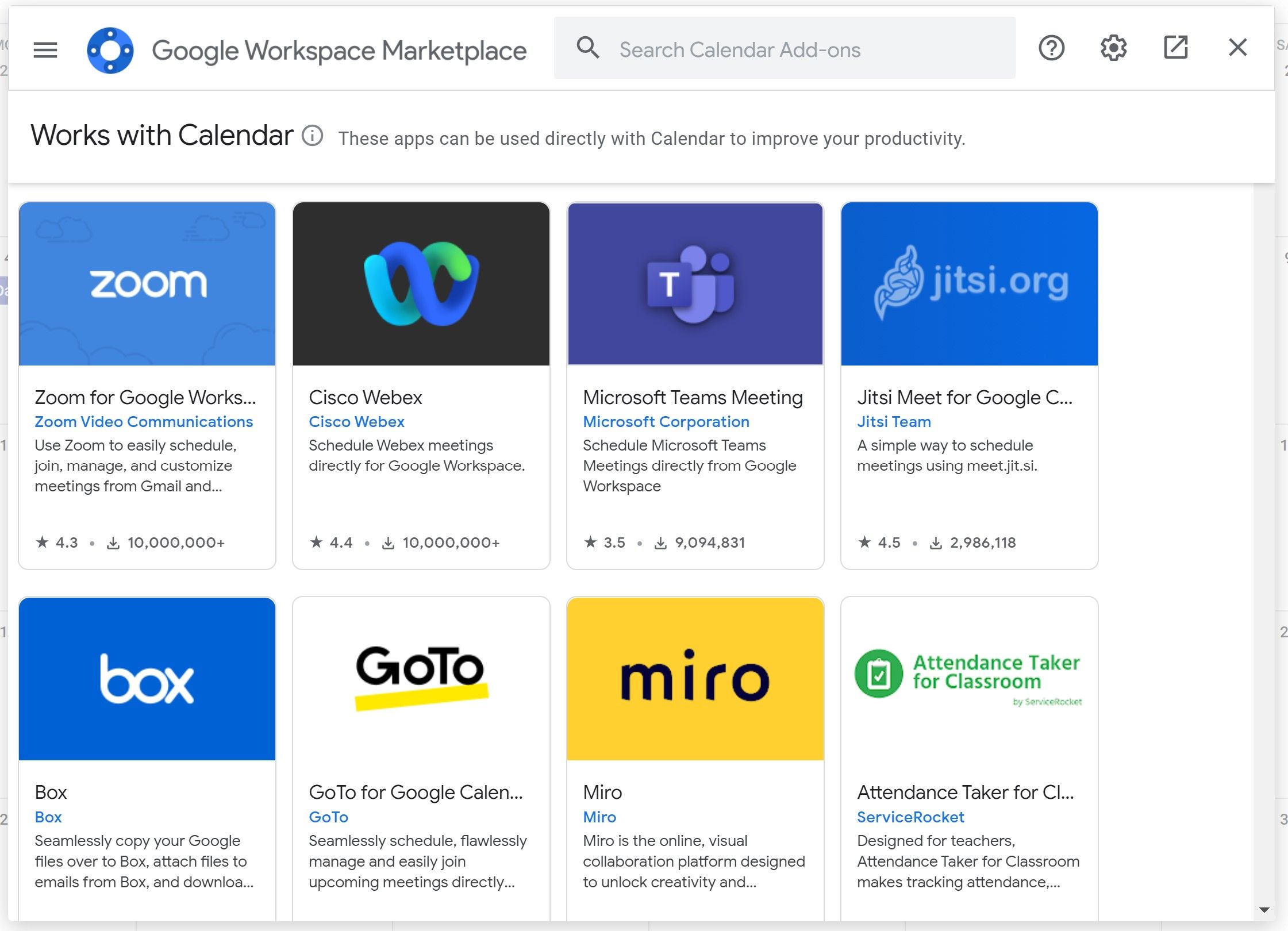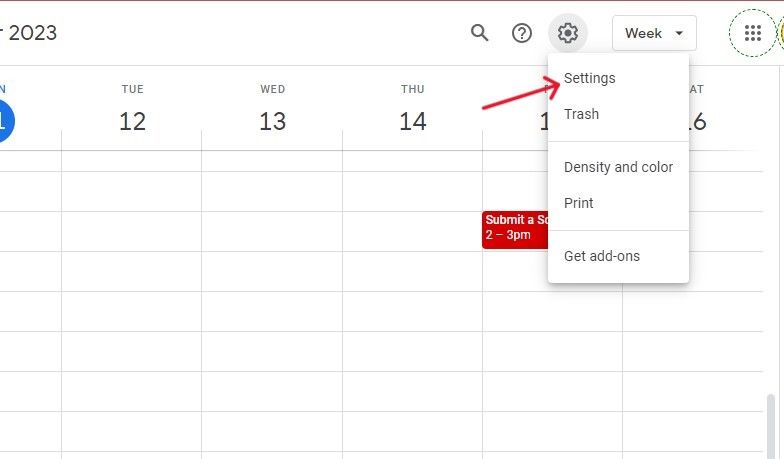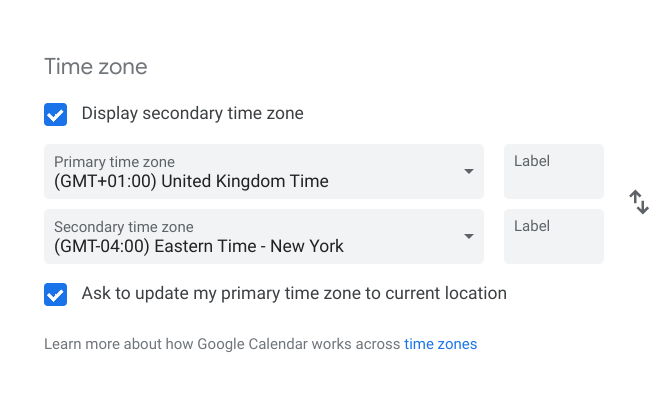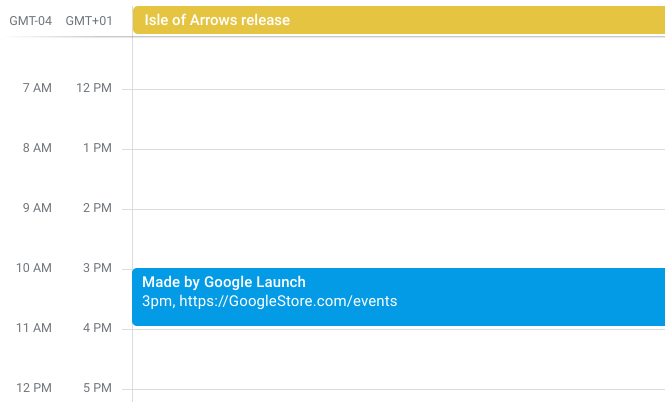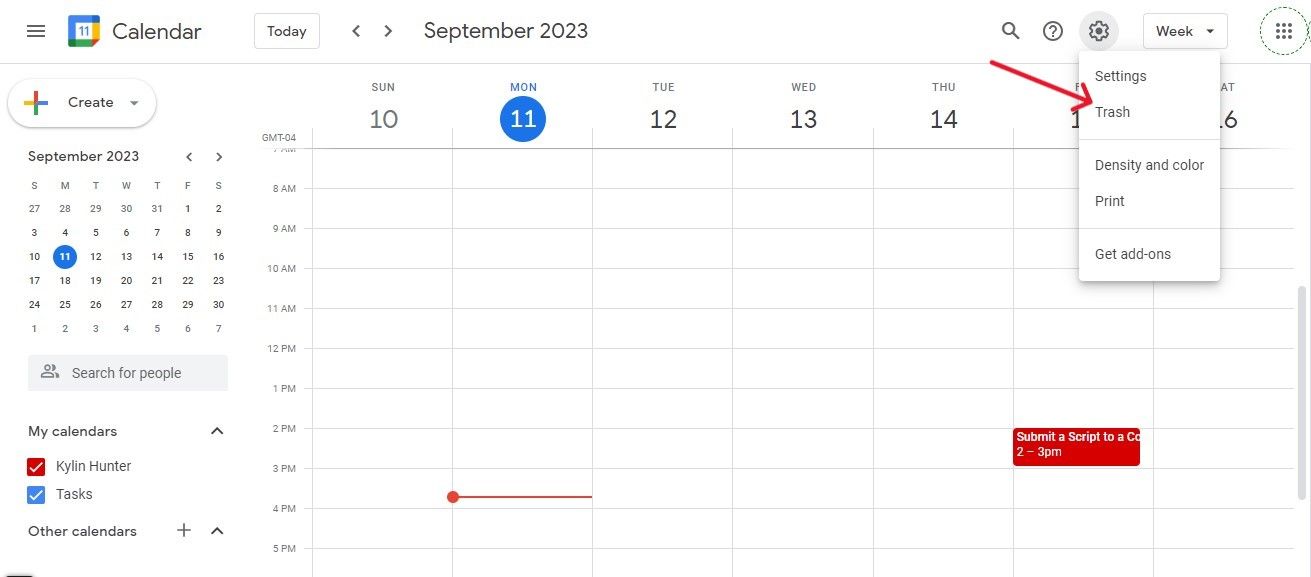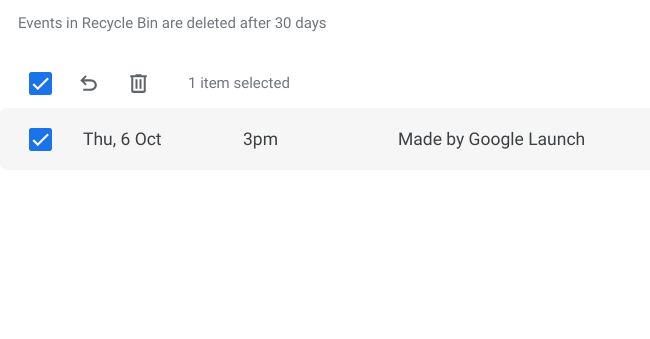Google Calendar is one of the most popular services used on Android phones and has been downloaded over 500 million times. While there are plenty of other calendar apps on Android to choose from, Google's variant stands out by combining ease of use with functionality.
Despite its simplicity, Google Calander has many advanced features located on your phone and PC. We used the Android app to demonstrate most of these features, but some are desktop-exclusive and can only be done on a PC (we'll let you know which) or by using a shortcut from the home screen. If you use Google Calendar with one of our favorite Chromebooks, you can also try out these tips.
1 Use shortcuts
If Google Calendar on the desktop is your preferred platform, you can use an array of keyboard shortcuts to boost productivity. We listed some must-use shortcuts below, but check out the full list of Calendar shortcuts on Google's support page.
|
Action |
Shortcut |
|---|---|
|
Move to the next date range |
j or n |
|
Refresh your calendar |
r |
|
View the current day |
t |
|
Go to a specific date |
g |
|
Day view |
1 or d |
|
Week view |
2 or w |
|
Month view |
3 or m |
|
Custom view |
4 or x |
|
Agenda view |
5 or a |
|
Create a new event |
c |
|
See an event's details |
e |
|
Delete an event |
Backspace or Delete |
|
Return to the calendar grid (from the event details page) |
Esc |
2 Compare schedules
Organizing an event is challenging for people with busy lives. To help you match up your time with everyone else's, Google Calendar shows you the participant's schedules simultaneously. Here's how to access the feature.
- Open Google Calendar.
- Tap the Plus button in the lower-right corner of the screen.
-
Tap Event to create an event.
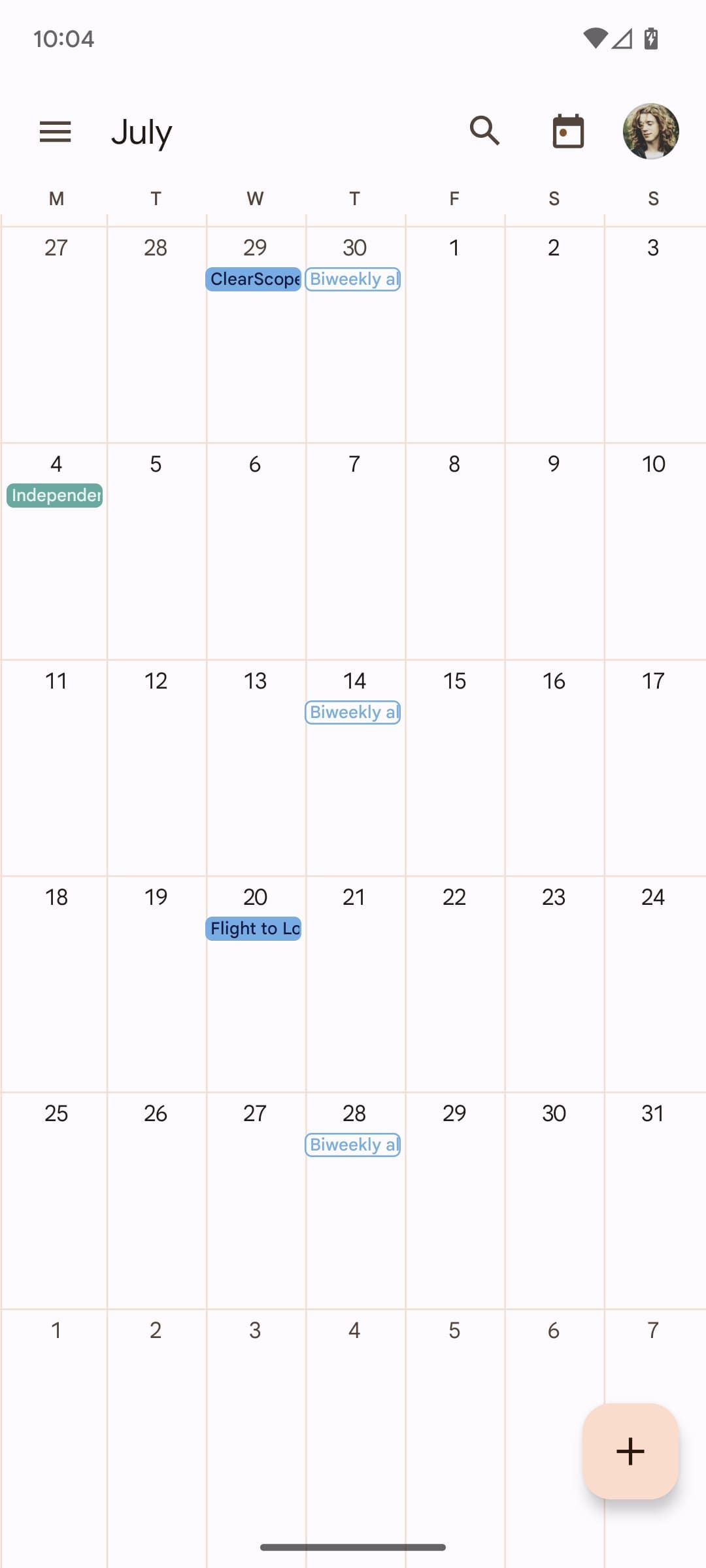
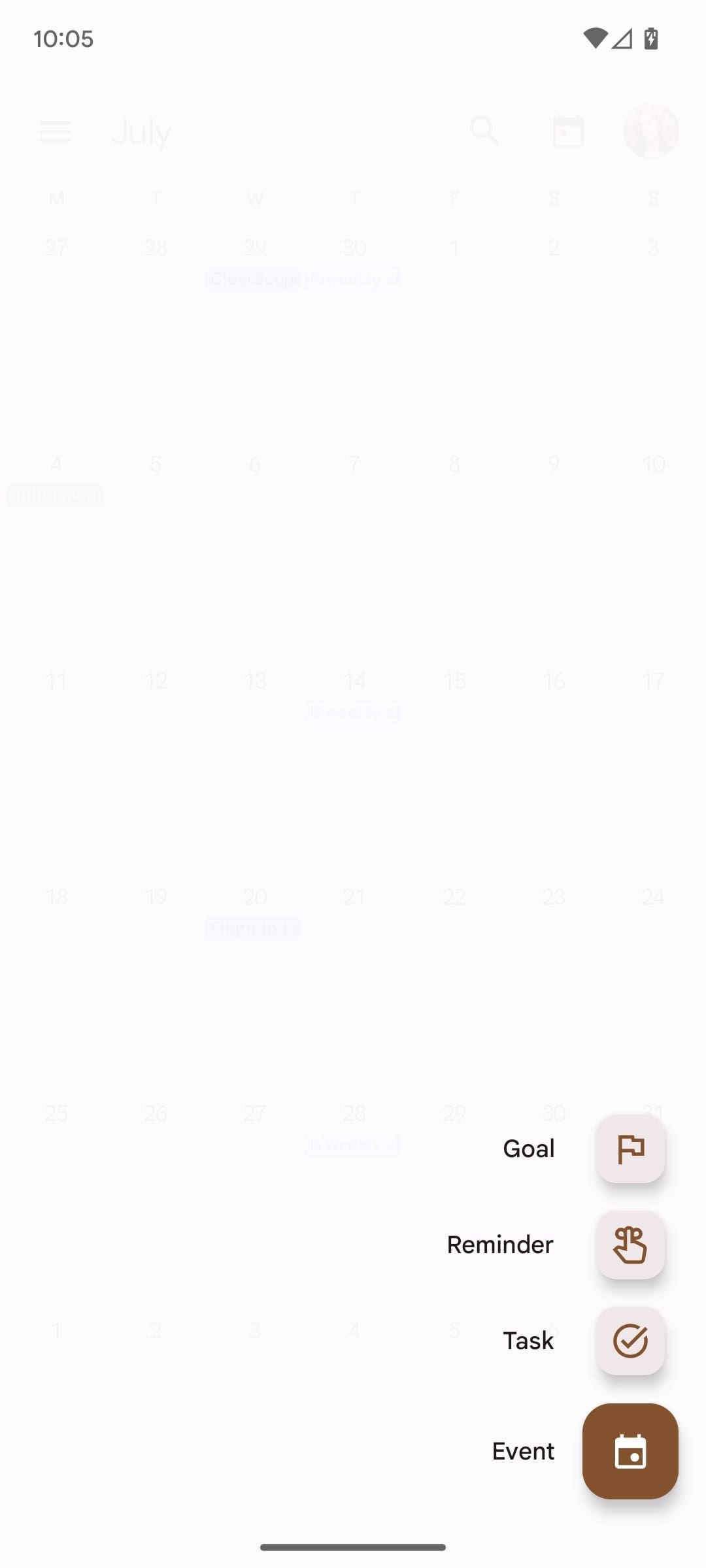
- Tap Add people to add participants.
-
Tap View schedules to see all participants' schedules simultaneously.
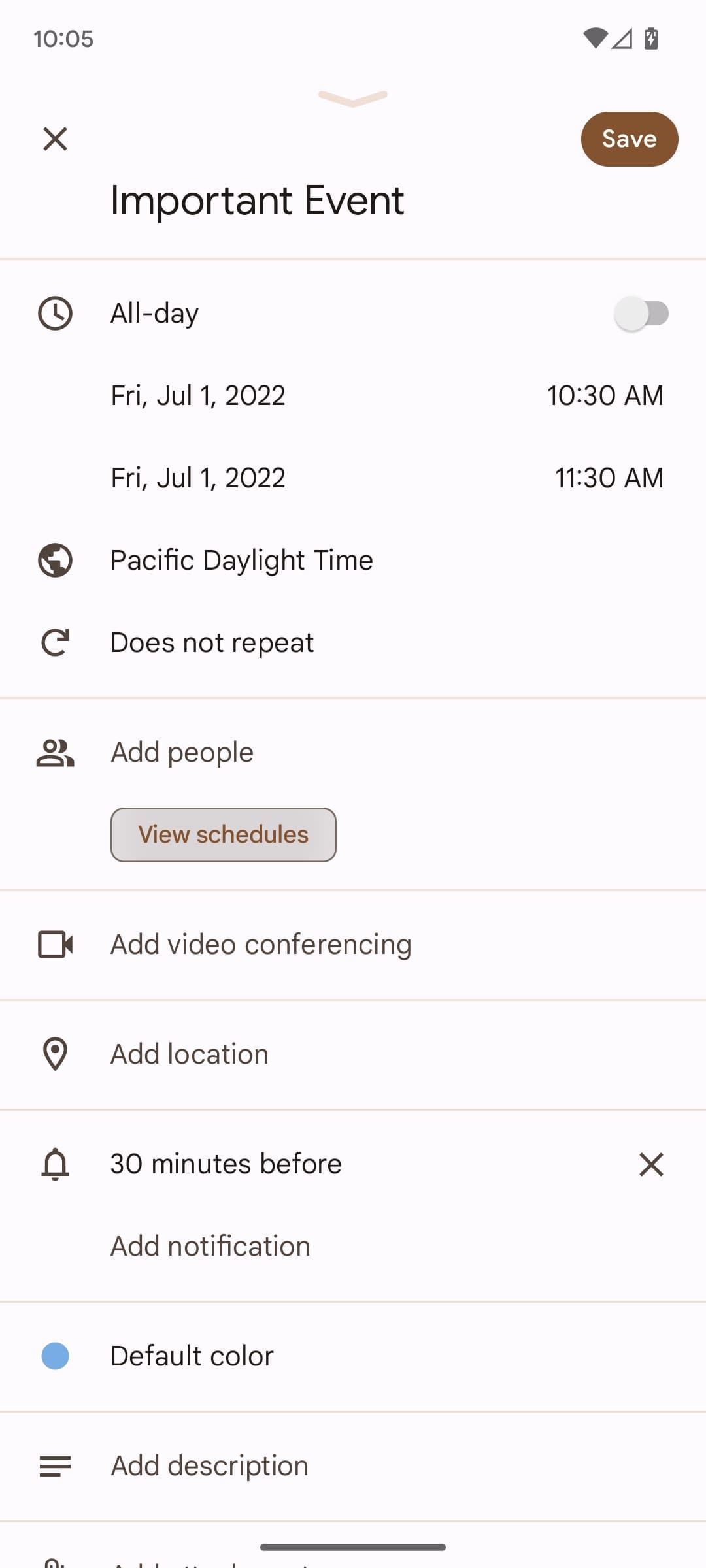
3 Email all event participants
Google Calendar automatically informs your participants if you've made any changes to an event (for example, time, date, or attachments), so you don't need to email them if you adjusted an event's details. But if you need to send a message to all participants, Google Calendar can help with that.
- Open Google Calendar.
- Tap an existing event.
- Tap the Mail button next to the guests heading.
-
Select one of the pre-written messages, or tap Write your own. Selecting a pre-written message creates a draft in Gmail, but it doesn't immediately send the message.
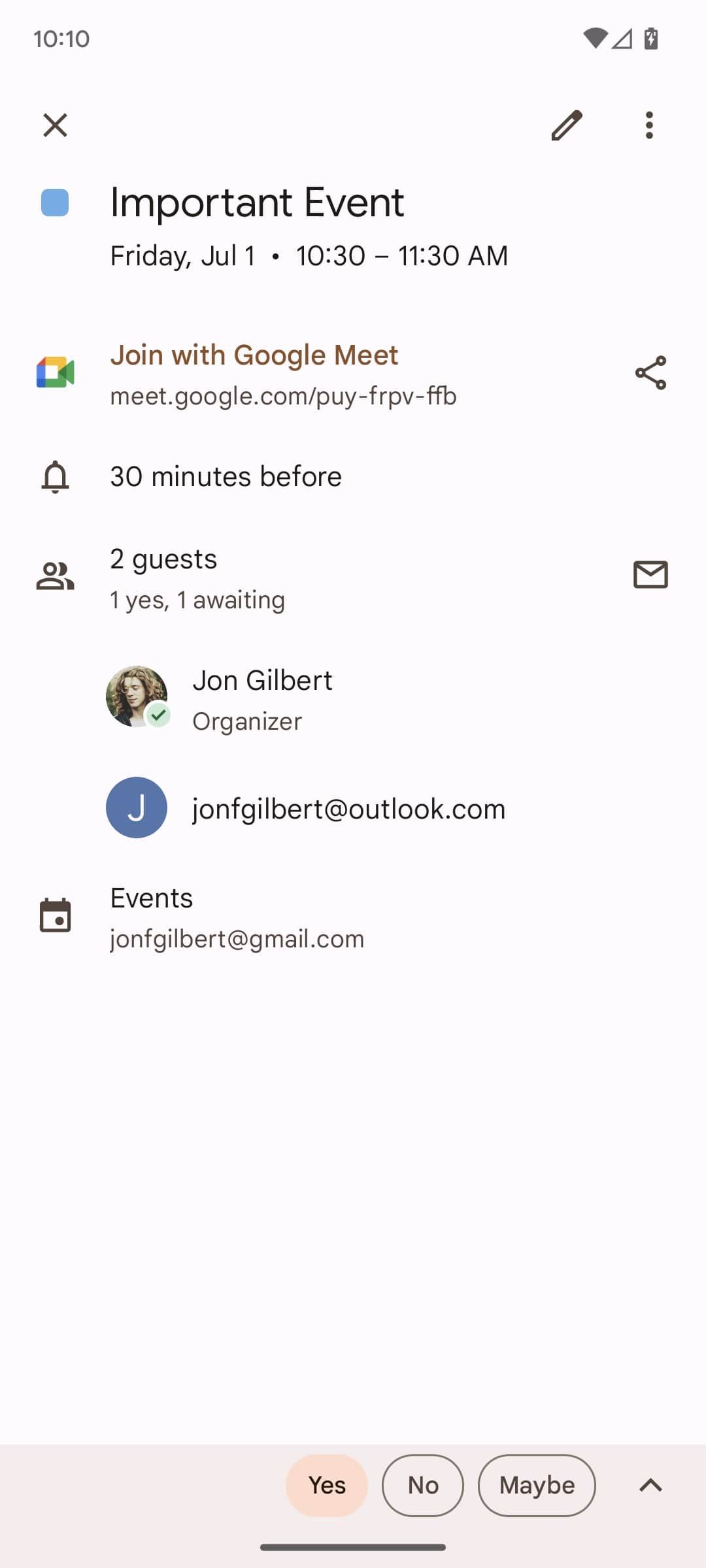
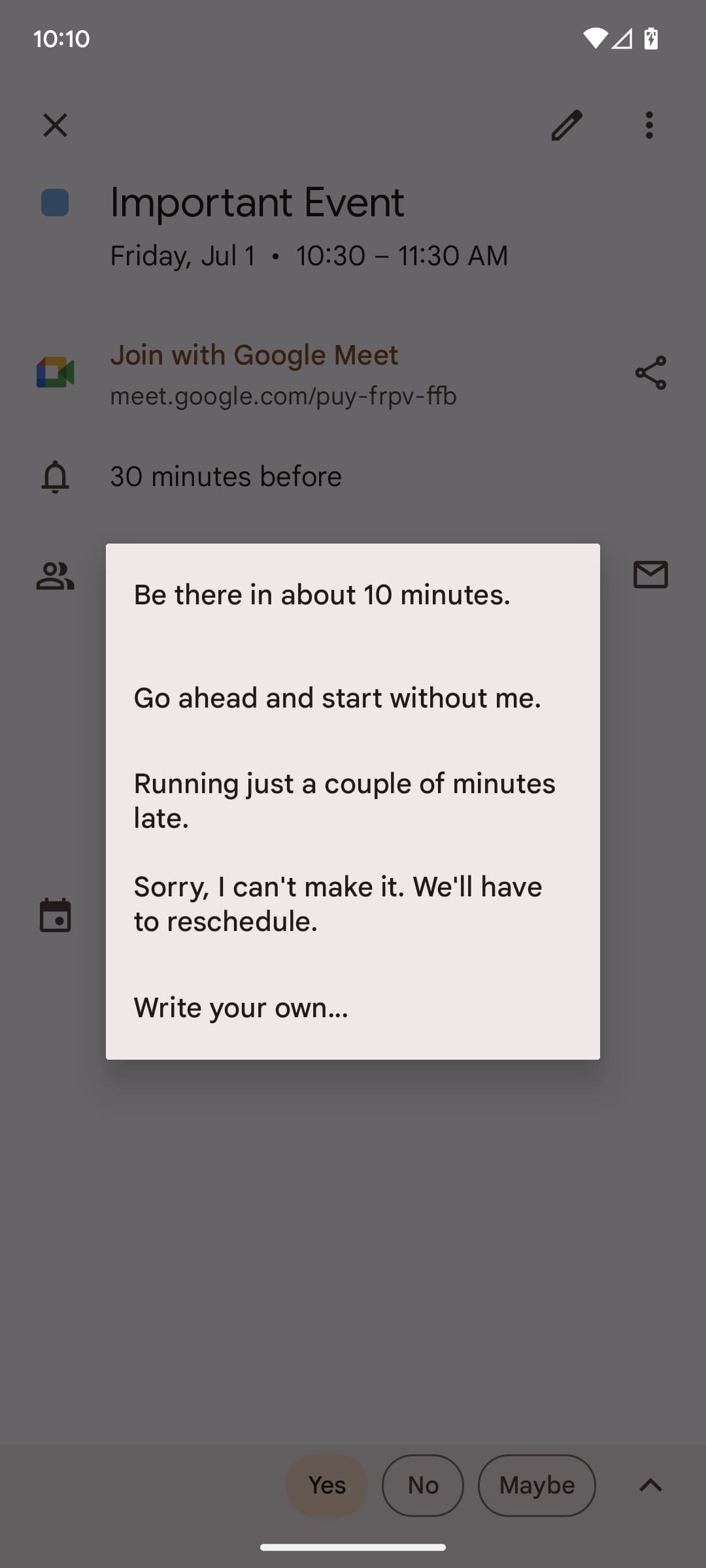
-
Google Calendar creates a Gmail draft with all the recipients. Edit it, and tap Send when you're ready.
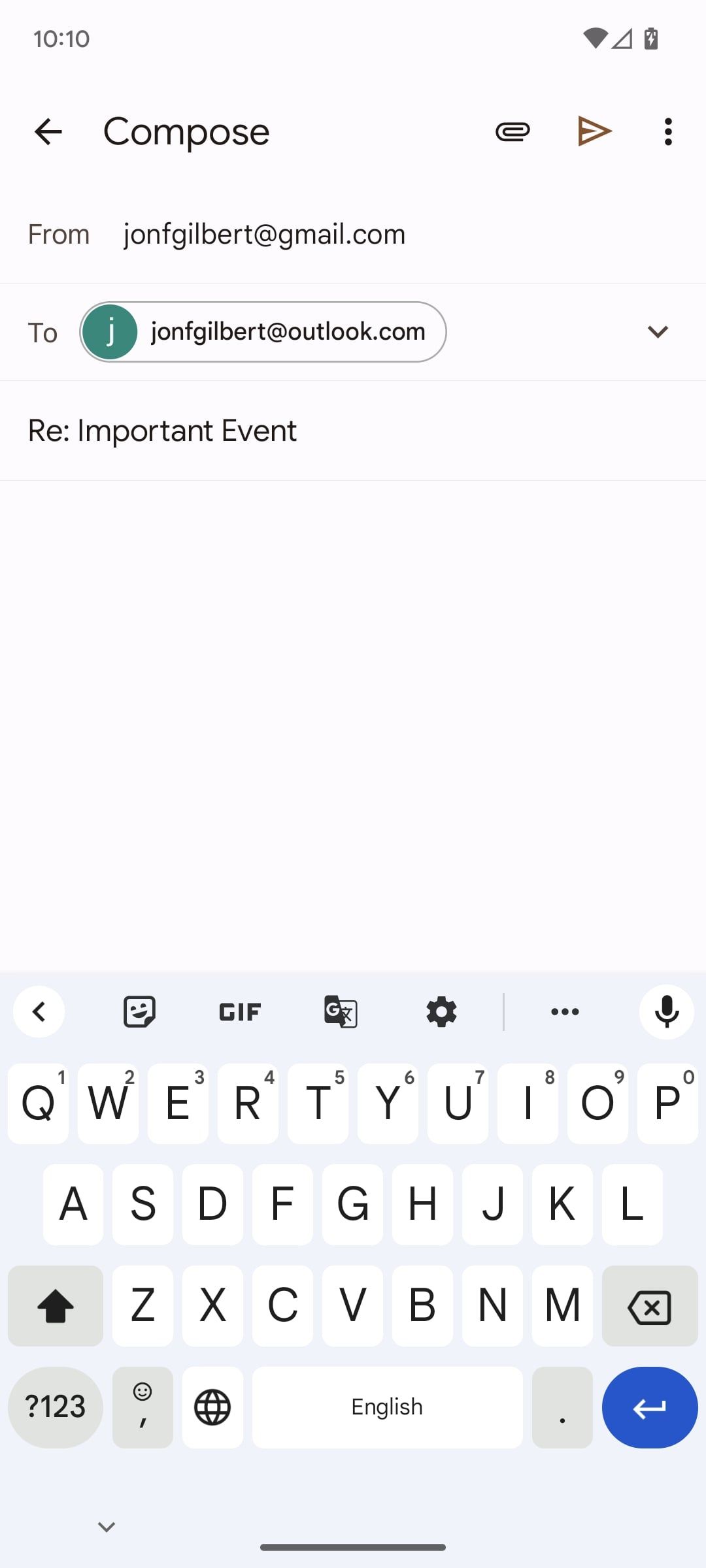
4 Share your calendar
Sharing your calendar lets others check your availability in seconds. While people can view your calendar on any platform, you'll need to head to the desktop version of Google Calendar to share it with them. Here's what you'll do.
- Open Google Calendar on your desktop.
-
Hover over one of your calendars on the left side of your screen.
- Click the three-dot button.
-
Click Settings and sharing.
- Fill out the description if needed, then scroll down and select the checkbox next to Make available to public.
-
Select Get sharable link and paste it where it's needed.
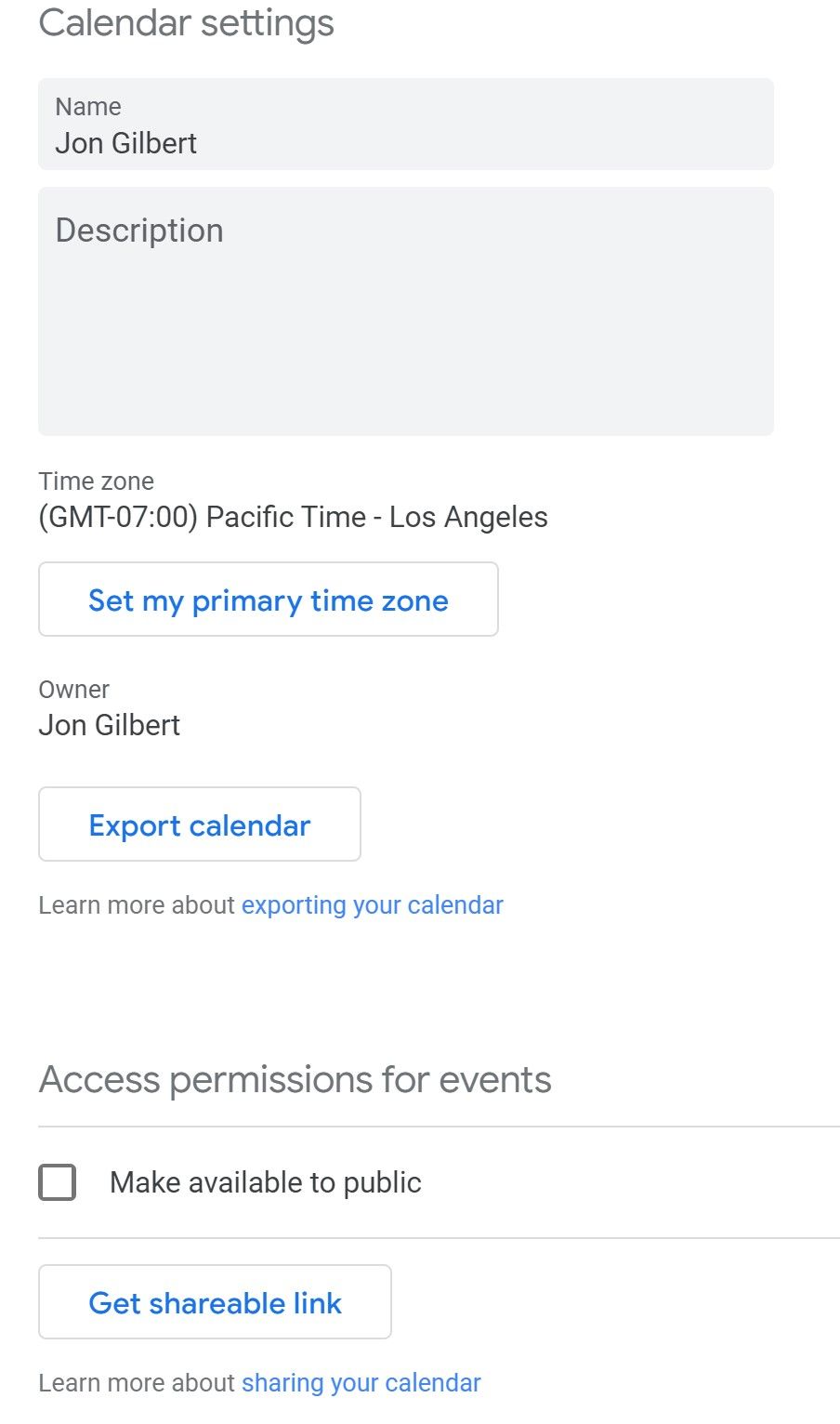
5 Adjust automatic reminders for events
Google Calendar's automatic reminders are handy, but you may want to adjust when these reminders appear, as they default to 30 minutes. You can set a reminder at various times, and you can also set multiple reminders for the same event.
- Open Google Calendar.
- Tap the event you wish to modify.
- Tap the Edit button in the upper-right corner of your screen.
-
Tap Add notification.
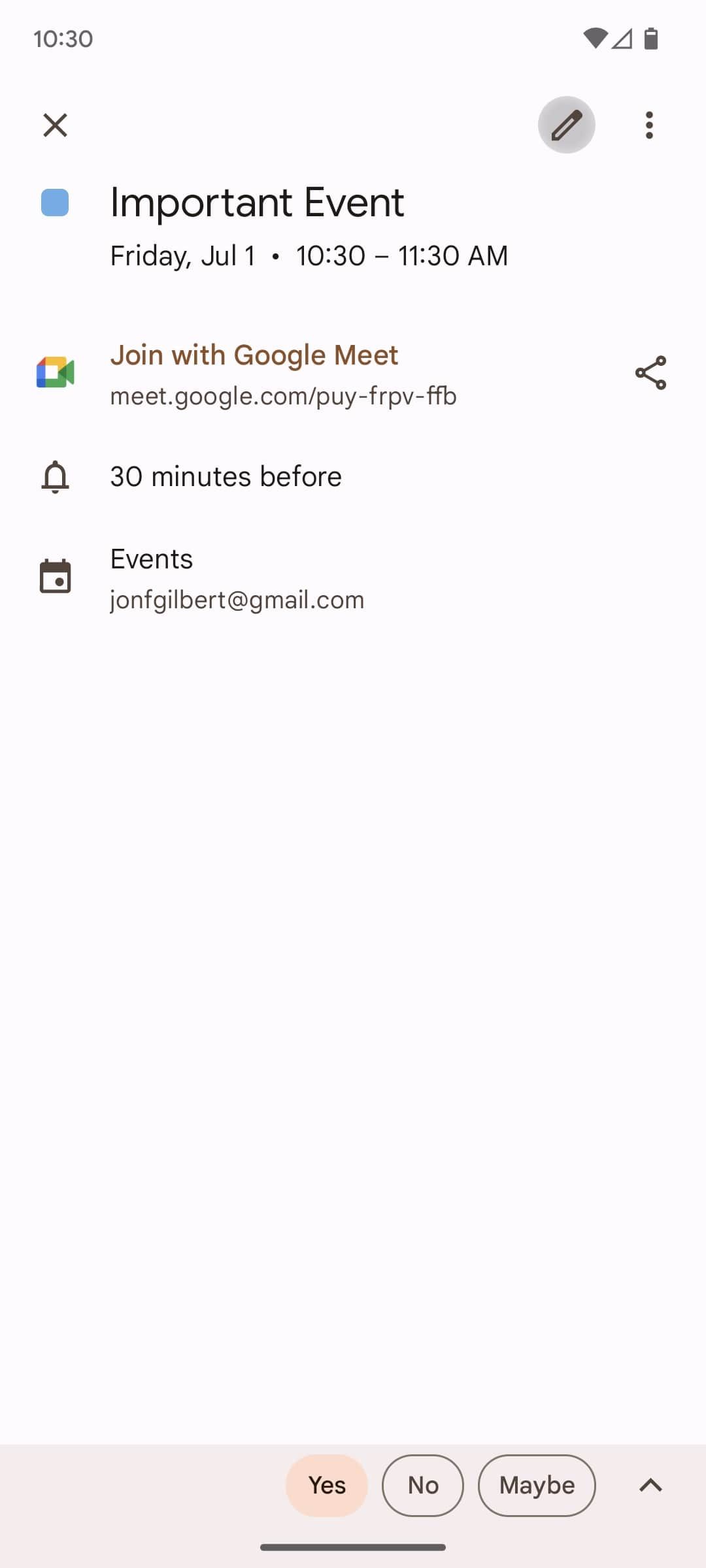
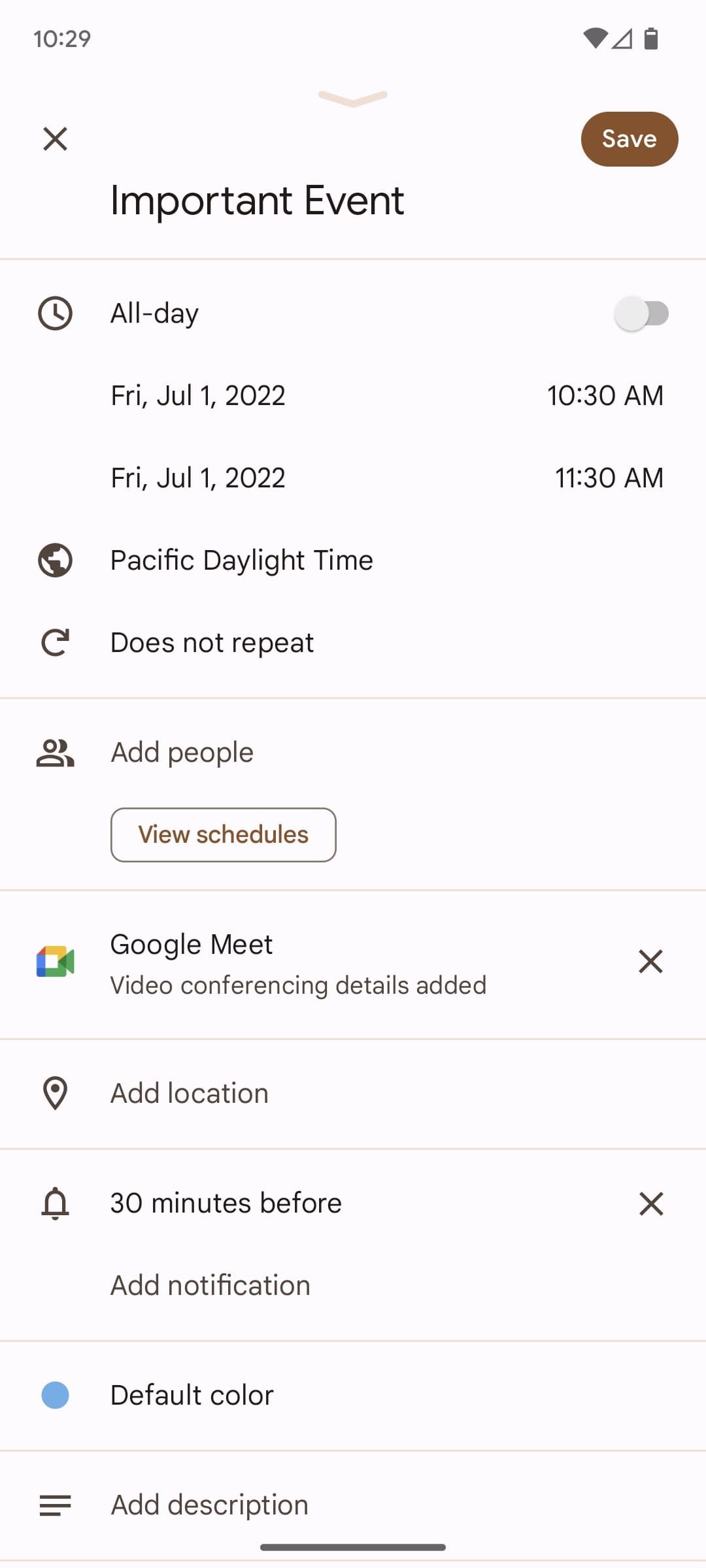
-
Select a preset time, or select Custom to add your own.
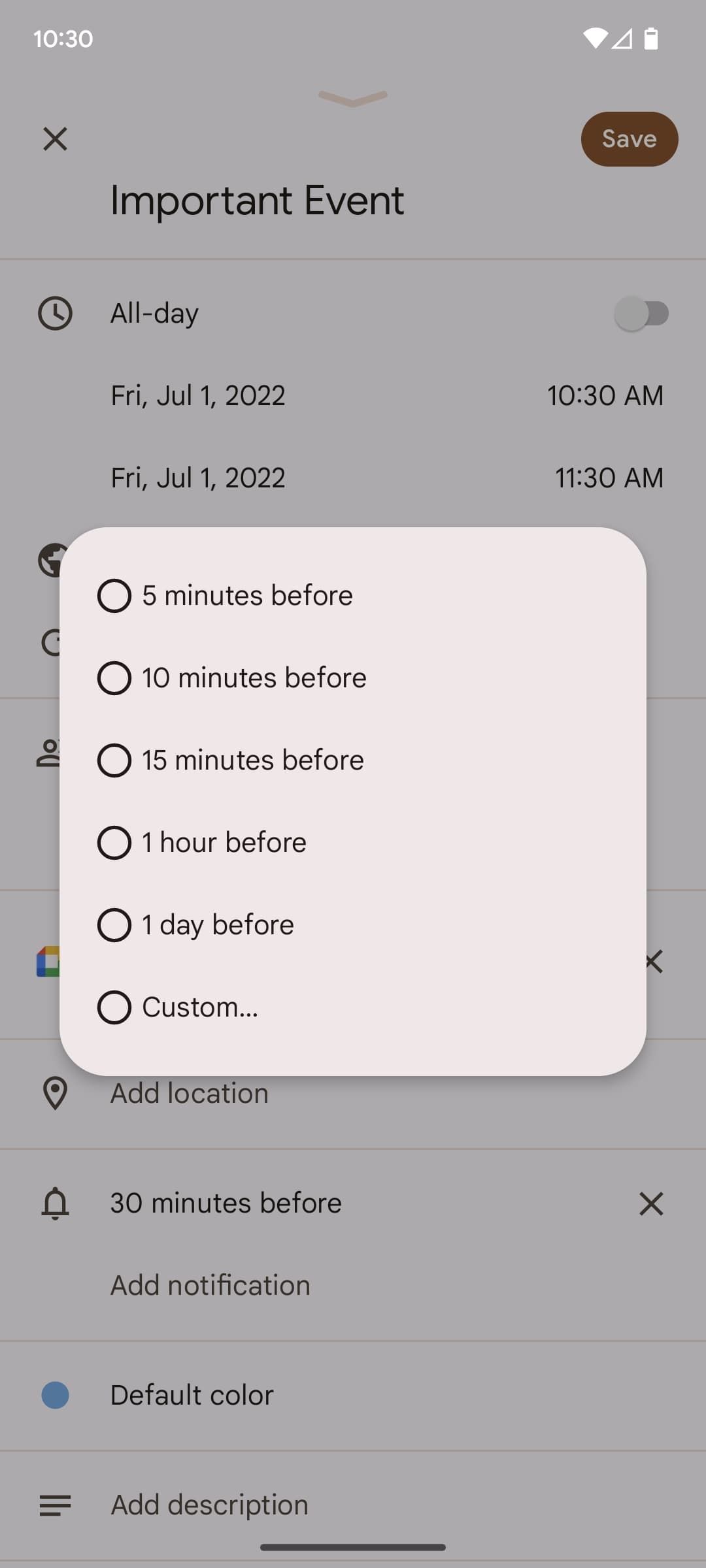
Tap X on any notification to delete it.
6 Automatically email yourself your daily agenda
Google Calendar contains a dedicated view called Schedule to see your daily agenda. It's a handy way to see your upcoming events, but you can also get this information emailed to you daily. After activating this, you don't need to open Google Calendar to see your itinerary. However, you'll use the desktop version of Google Calendar to set it up. Here's how to do it.
- Open Google Calendar on your desktop.
- Find a calendar and hover over it.
- Click the three-dot button.
-
Click Settings and sharing.
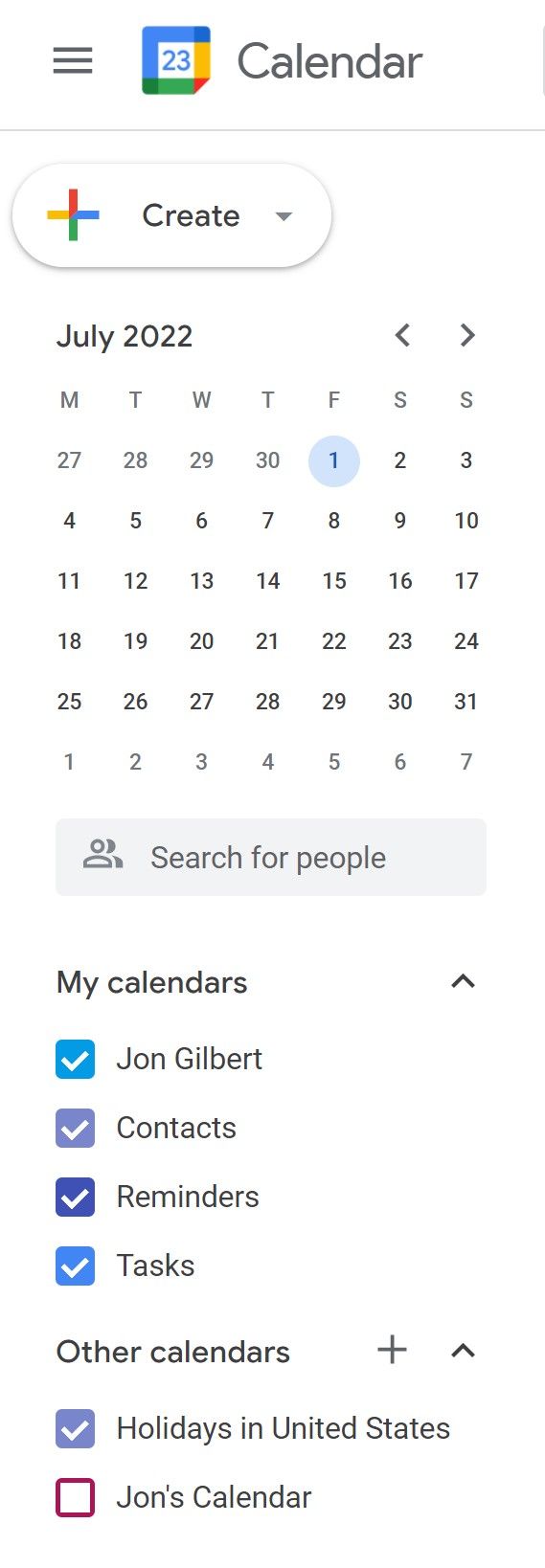
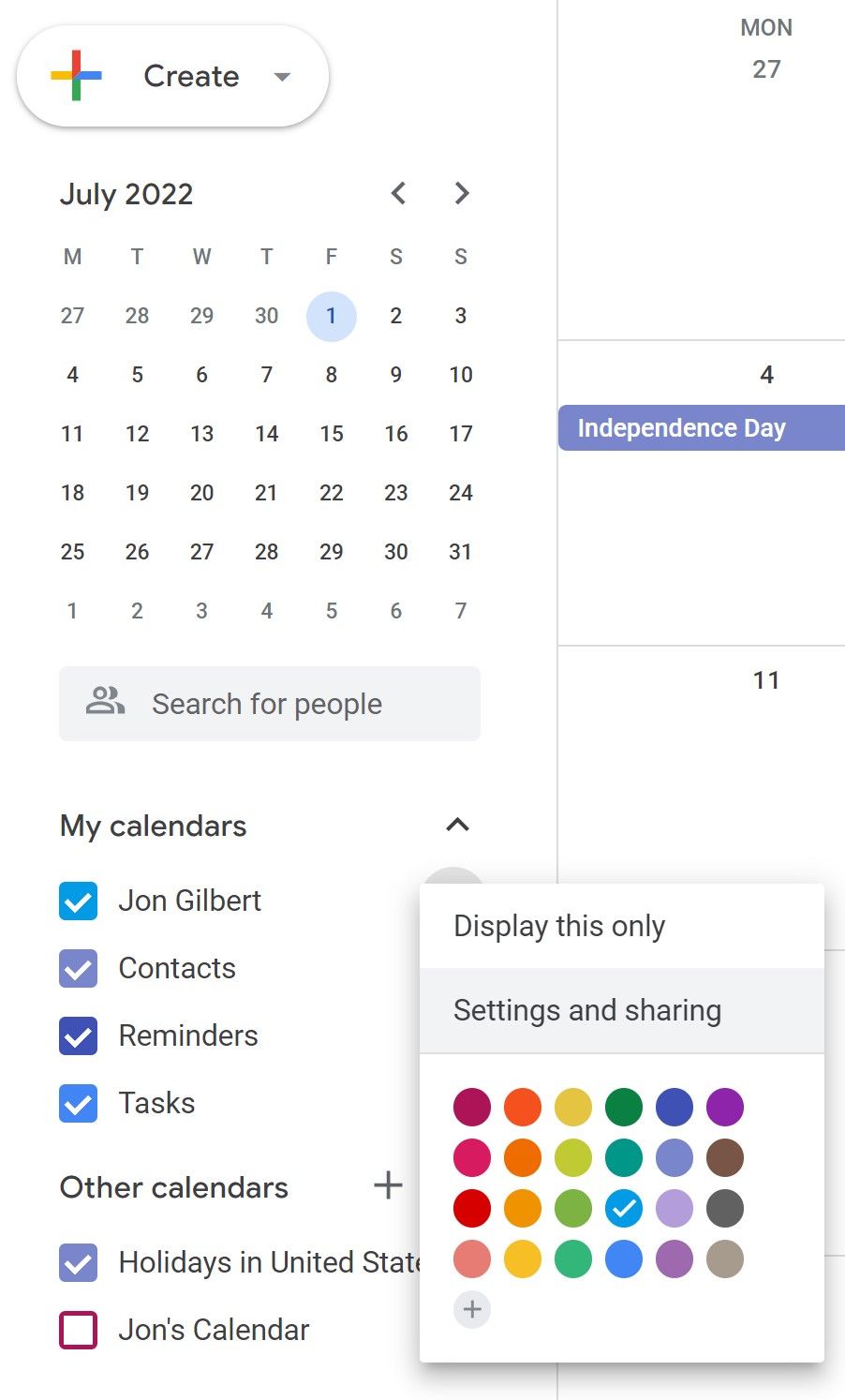
- Scroll down to the Other notifications heading.
-
Next to Daily agenda, select the Email option from the drop-down menu.
7 Change Quick Responses
Google Calendar suggests Quick Responses when you email event participants. There are four options, and while the generic messages are helpful for most situations, you might want to adjust them to something more personal. The process is fast and simple.
- Open Google Calendar.
- Tap the hamburger menu button in the upper-left corner of your screen.
- Scroll down to Settings and tap it.
-
Tap General.
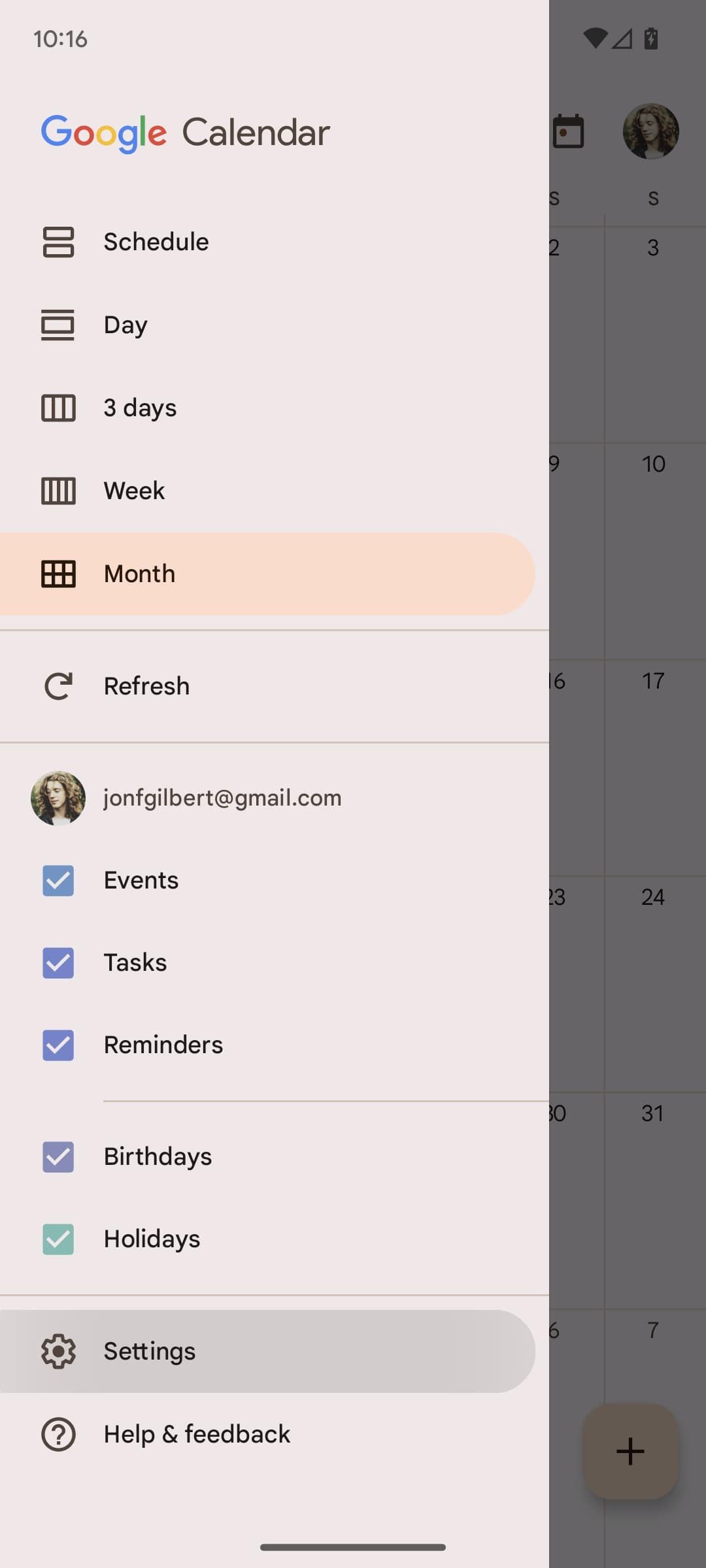
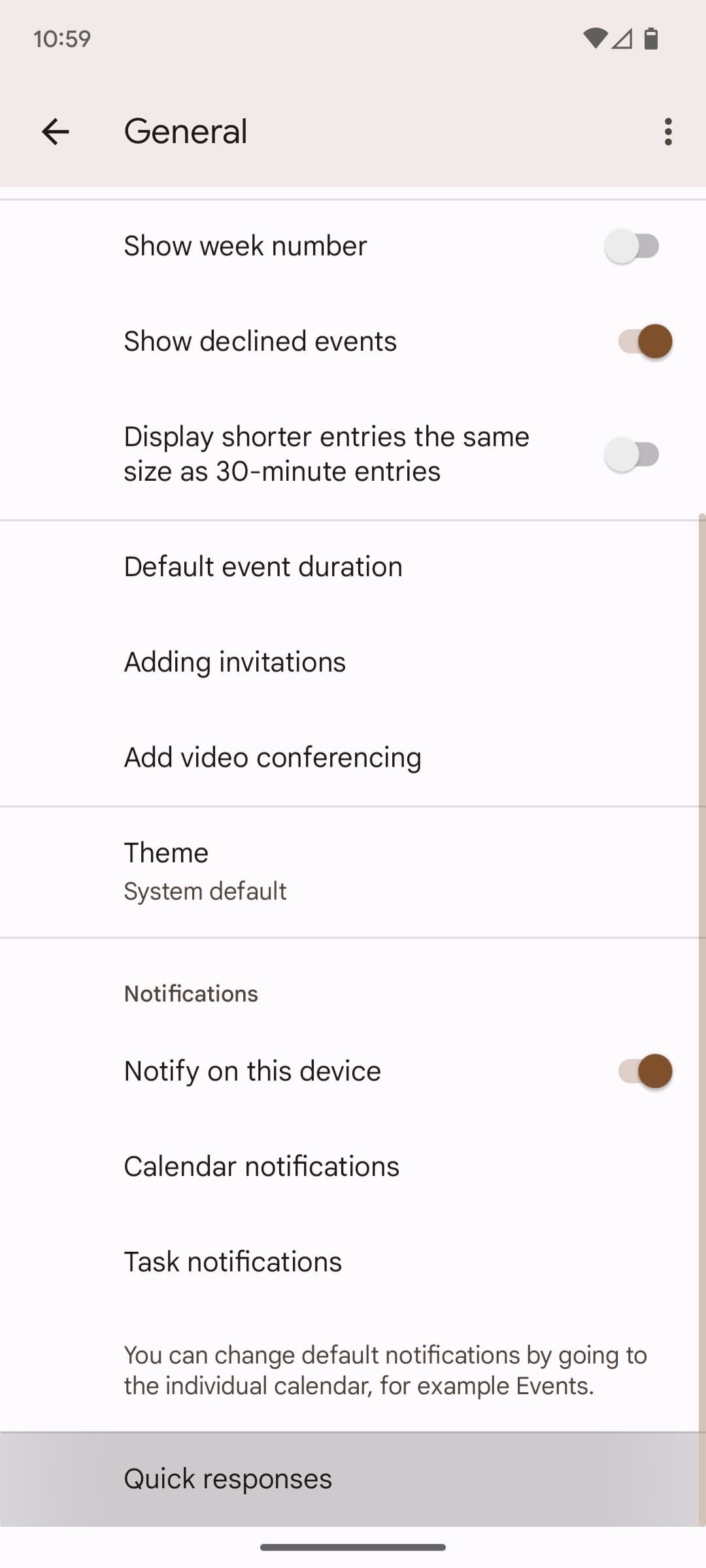
- Scroll down and tap Quick responses.
-
Tap any of the messages to edit.
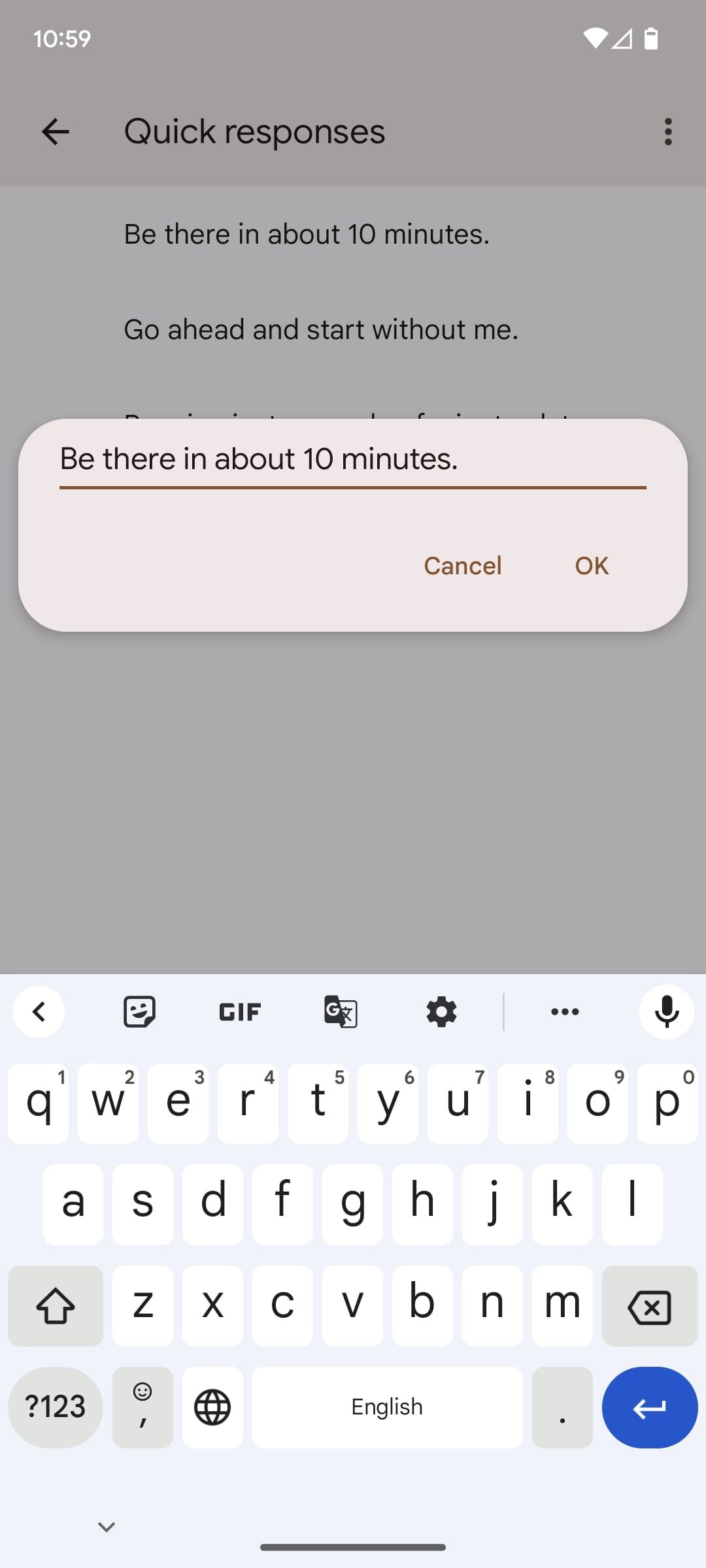
8 Add extensions to Google Calendar
Google Calendar is popular because it's a simple calendar in its build, but that also happens to be one of its drawbacks, making it a bit too restrictive for some users. However, like Google Chrome, Google Calendar has many extensions to increase its capabilities. These range from integrated Zoom meetings to a contact manager. These integrations only work on the desktop version.
- Open Google Calendar for desktop.
-
Click the plus button on the right side of your screen.
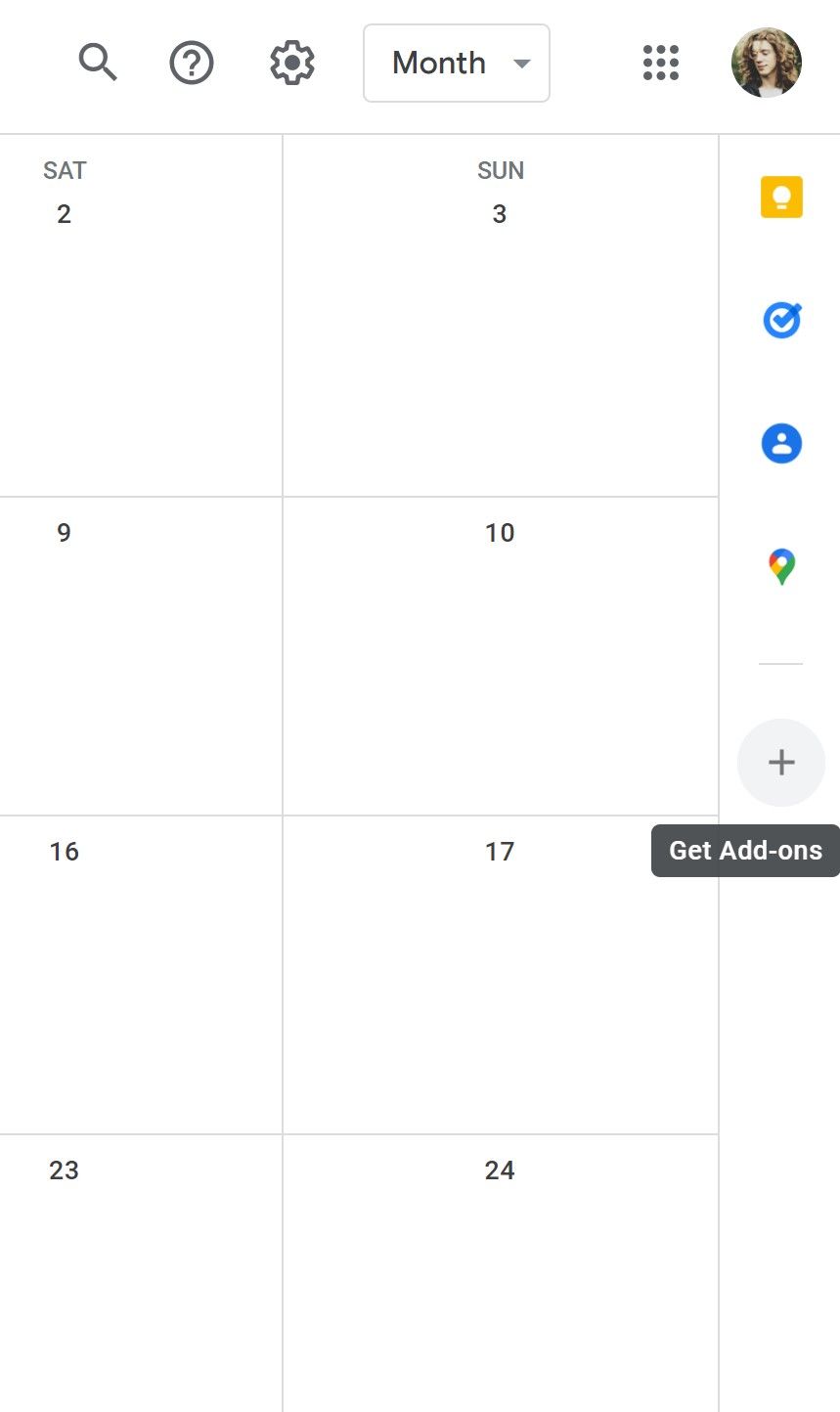
-
Search, filter, and install extensions.
9 Add a secondary timezone
If you work with people around the world, it can be easy to get confused by time zones. Google Calendar can display a secondary timezone, so you can check at a glance what time an event starts in a different part of the world. This feature is only available on the desktop.
- Click the Settings button (the cog icon) in the upper-right corner of your screen.
-
Click Settings from the drop-down menu.
- Click the Time Zone heading from the sidebar.
- Check the Display secondary time zone checkbox.
-
Choose a time zone from the drop-down menu.
-
Return to your calendar to see the secondary time zone displayed to the left of the primary.
Secondary time zones can only be viewed in the Day and Week calendar views.
10 Recover deleted events
Everyone has accidentally deleted an important event at some point. Google Calendar's Trash feature lets you recover deleted events, restoring all associated information to the state the event was in before you deleted it. This feature is exclusive to the desktop version of Calendar.
- Click the Settings menu button (Cog icon) in the upper-right corner of your screen.
-
Click Trash from the drop-down menu.
- Select the checkboxes next to the events you wish to recover.
-
A new button (arrow pointing backward) now appears above your events. Click this to restore the selected events.
Events in your Trash are deleted after 30 days. We recommend only deleting events within a month of the date in case you need to recover them.
Organize your life with a great calendar app
Google Calendar is great for organizing the major events in your life, but you may need other widgets and apps to carry out more complex or minute daily tasks. These great to-do list apps for Android will help you organize the little things and help you stay up to date on all of your Calendar events.

